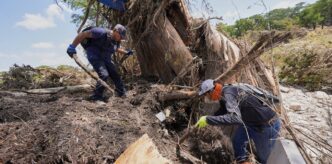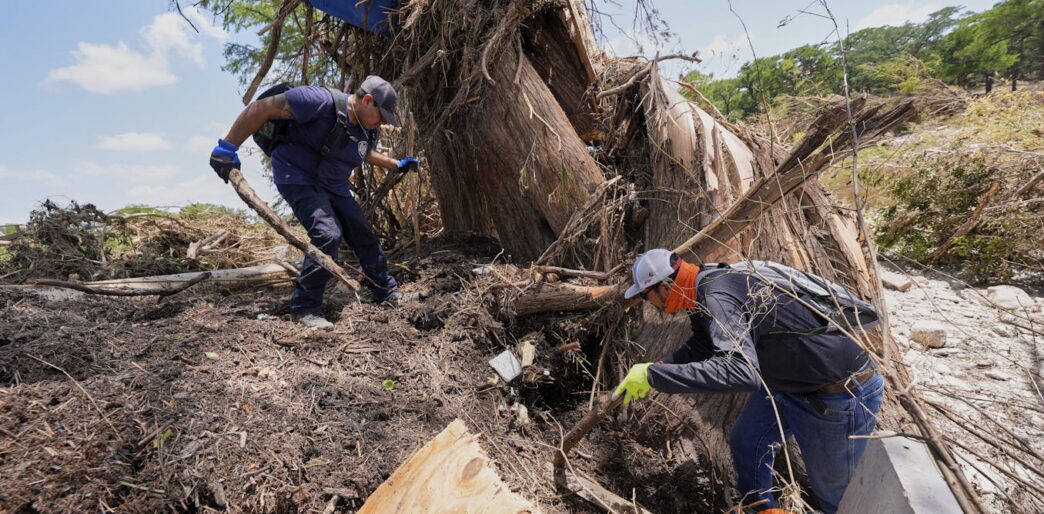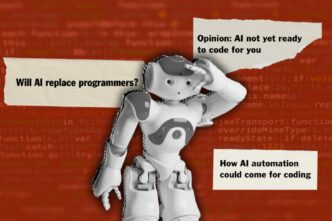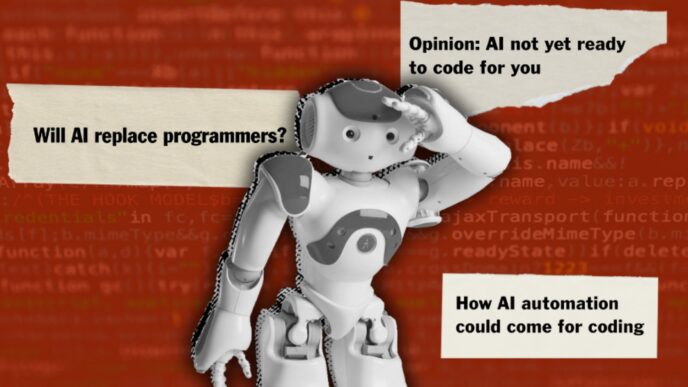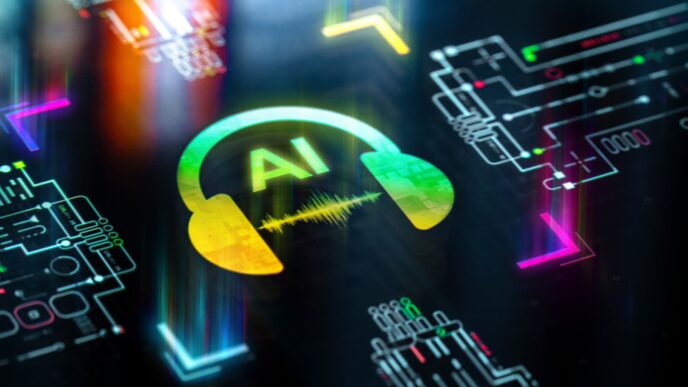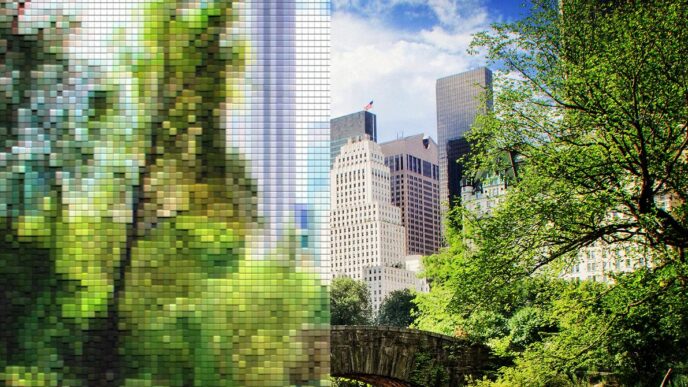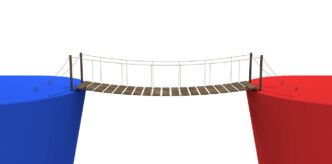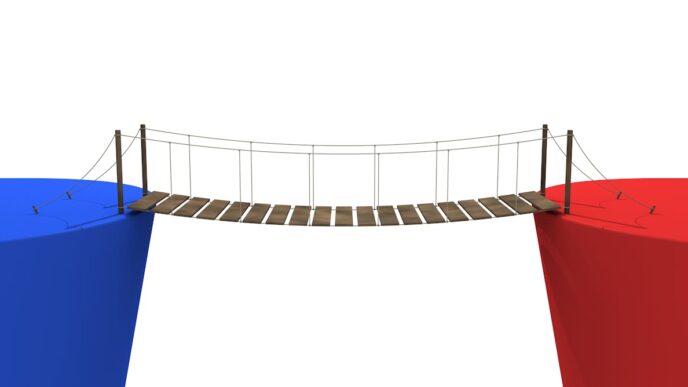AI tools in flood search-and-rescue are faster but not yet reliable
AI is speeding up drone image scans in flood victim searches but can’t match human accuracy yet.
Researchers studying disaster drones confirm AI sorts through images in under a second. Humans take 1-3 minutes per image. That’s huge when 10 drone flights produce over 8,000 images. But current AI systems have high error rates.
The problem: flood victims are often obscured, stuck in debris or underwater. No good training datasets exist for these tough visuals. Oblique drone angles also mess with GPS accuracy, making it harder to pinpoint victims.
Still, AI can flag debris clusters that might hide victims. It identifies straight lines or artificial colors common in flood wreckage. Combined with human review, it prioritizes where responders should look first.
Researchers say the best bet is AI-human teamwork — AI narrows the search, humans verify.
Eric Smalley, who shared a photo of a drone rescue vehicle, summed it up:
AI systems fall short on their own, but human-AI collaboration can boost flood victim searches.
Systems could highlight debris piles large enough to hold bodies for responders to check first.
AI’s speed helps but misses too much alone. The tech can save time but not replace boots on the ground.
